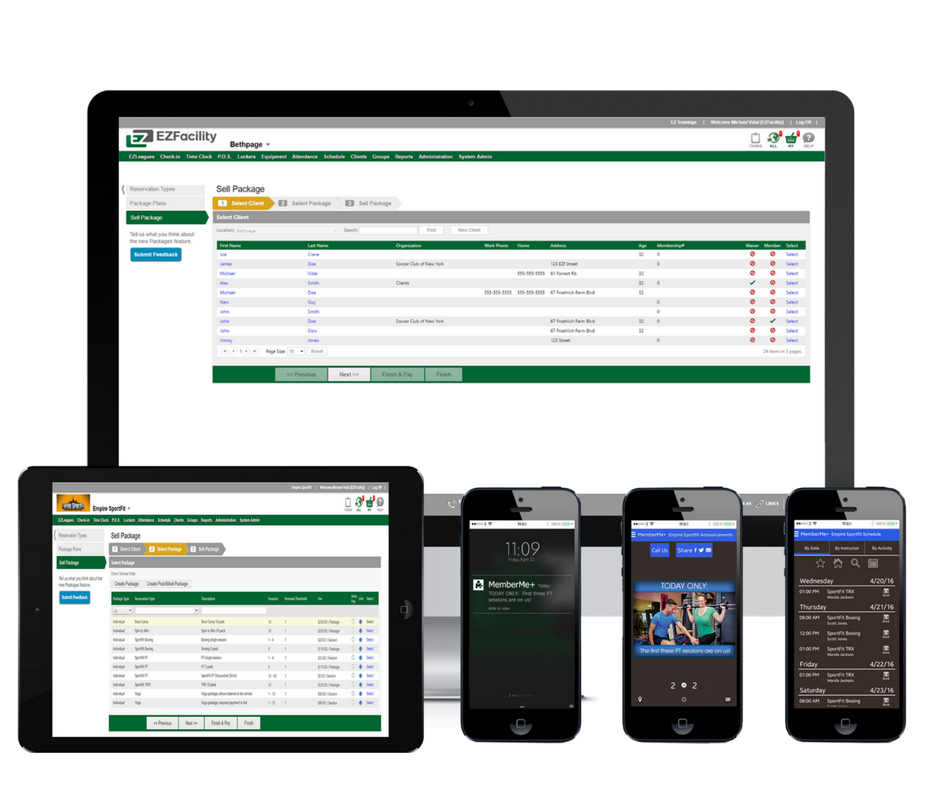When it comes to facility management software, it can be difficult to know what product will be a good fit for your company. What features do you assess in order to make a determination? How can you know, before putting money down, whether a given product will be right for you?
One factor that can set a product apart from others is what is planned for it in the future. As Athletic Business magazine put it in a recent article, “What are the vendor’s future plans — and yours? Given how rapidly technology is evolving, this might be the most important question to ask once you have your priorities in mind.” The question is crucial not only because of the pace at which technology changes but also because, as a business, your facility must grow in order to thrive. If you invest in a software solution that will not grow with you, you’ll find yourself in a few years having to choose a new solution all over again — or having to figure out how to live with an inadequate one.
To understand what a vendor plans for a software product’s future, you need to know two things: what additional features a company has in development and how your own needs might change. In talks with salespeople, ask what features the vendor plans to implement in the future, and when implementation is expected to happen. Some particular features to consider inquiring about: mobile compatibility (if the software doesn’t already have a mobile feature, will it? Will it work on all devices?), simplified registration for and checking into group fitness classes (will the software solution allow for one or two clicks that let members efficiently register or check in?), encryption techniques (will software updates include whatever encryption technologies are most cutting edge at the time?). Also, think about your particular future needs. If you’re a college rec center, perhaps you plan to offer occasional outdoor adventure programming — does the software solution you’re considering allow for this, or might it in the future? Are you considering implementing wearable integration, and, if so, can the solution support this?
Clearly, you need to undertake some self-reflection before you begin asking about the future of a given product. If you haven’t already, sit down with your core team and brainstorm how you want the next five years — and the next ten and fifteen and twenty years — to look for your facility. What’s your wishlist in terms of general development and growth? What do you imagine for your facility particularly in terms of technological implementation? What do you hope your management software will be able to do for you down the road? Once you articulate answers to such questions, you can begin to understand the kinds of questions you need to ask about management software products. Don’t be afraid to get carried away. If you envision eventually have a sixty-foot rock-climbing wall that ascends from the deep end of a swimming pool, but you currently have no wall and no aquatic center, make sure your management software package either has the capacity to handle a climbing-wall-cum-swimming pool or will have it. Anything you can project as a possible reality for your facility, you want your software to be able to handle — if not now, then at some point.
So think ahead, think big, and ask questions about what’s to come.










